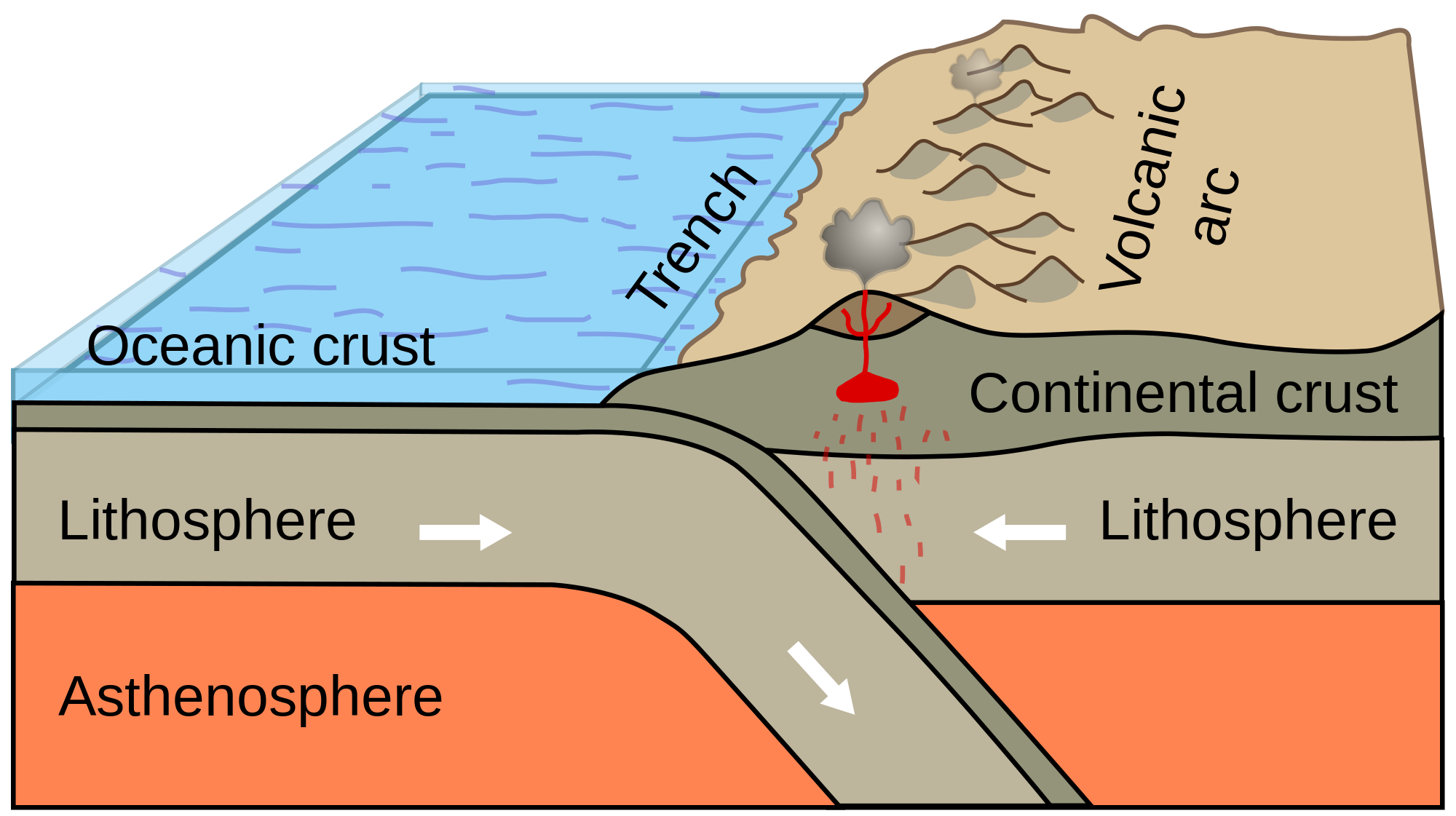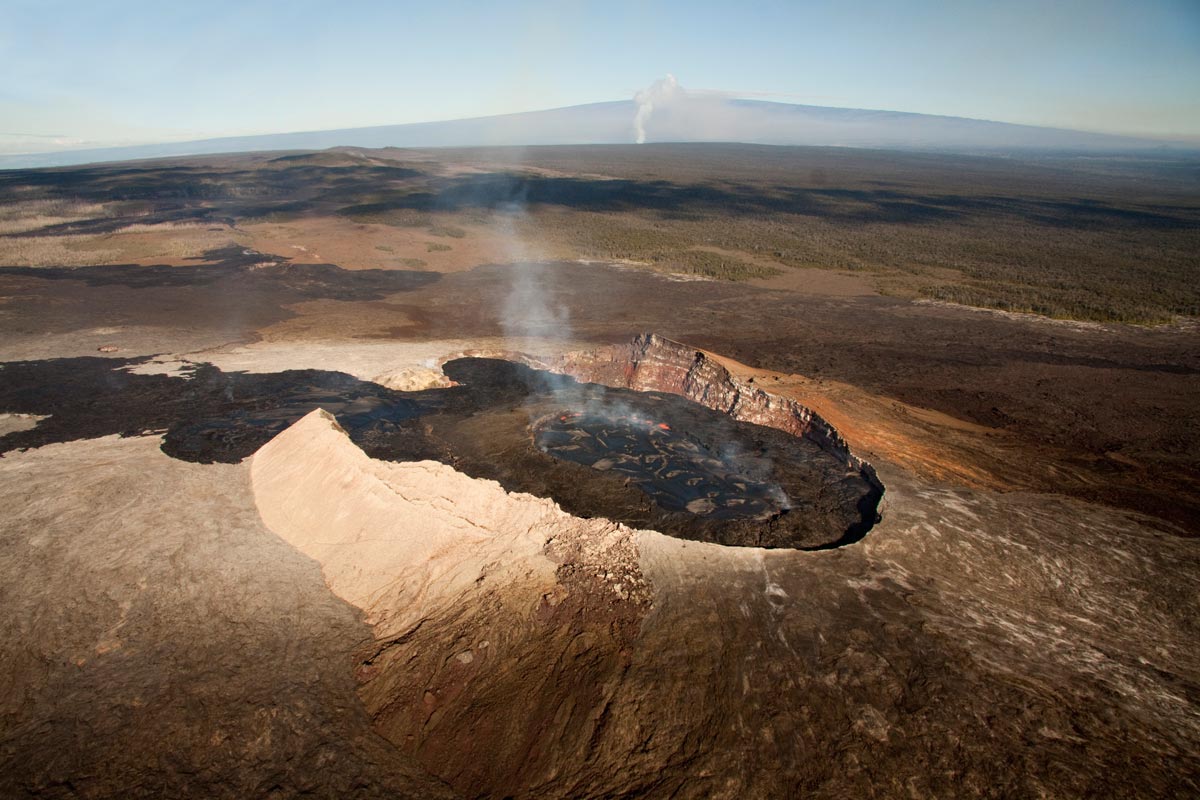Image Source: https://goo.gl/YB4aAO
Summary:
The Cascade Range, also known as the Cascade Volcanoes, or the Cascade Mountains, was formed over 35 million years ago due to the subduction of the Juan De Fuca Plate and the North American Plate. This subduction formed the 18 volcanoes of the Cascade Range. These 18 volcanoes are either Strato, Shield, Lava Dome, or Cinder Cone Volcanoes. The Cascade Range is currently a convergent boundary. The Cascade Range stretches as far as 700 miles length and has a width of 80 miles. It is located at the North American Plate, but more specifically, between Northern California and British Columbia in Canada. The Cascade Range is the part of the Ring Of Fire, which borders the pacific plate, and is home to a lot of volcanoes that are resting, extinct, or active. The highest point of the Cascade Range is the peak of Mount Rainier, at 14,000 feet above sea level.
In what ways do you think you need to improve? There were a couple of things I think I could have worked on better. One thing was the planning, since during the project, a lot of things weren't planned, and me and my team completed the work out of the recommended schedule, so a few things were rushed. One last thing i'd like to improve is the presentation. I'd like to improve on this section of the project since it wasn't rehearsed, some of our statements and data didn't seem clear to the audience, and we put very little text to each slide, so it took a long time for the slides to transition.Backward Looking:
Inward looking:
How do you feel about this piece of work? What parts of it do you particularly like? Dislike? Why? What did/do you enjoy about this piece or work? Although there were many ups and downs to this project, I really did enjoy working on the project. My most favorite part of the project was making a model of the Cascade Range, since I really like making models. It also looked good, and was easy to make.. The part I really dislike was working on the presentation, since it was finished after the recommended schedule, and it was pretty hard gathering data.
Outward Looking:
If someone else were looking at the piece, what might they learn about who you are? If someone were to look at my project, they may learn that I work hard at projects, I take them really seriously, and I add a lot of quality to my projects. This applies mostly to my model, since I worked really, really hard at it, but some of it applies to the presentation slides that I made.
.jpg)


